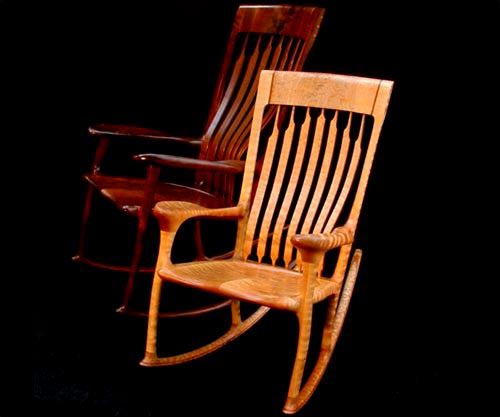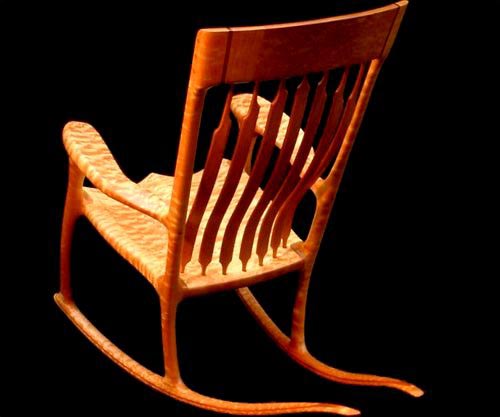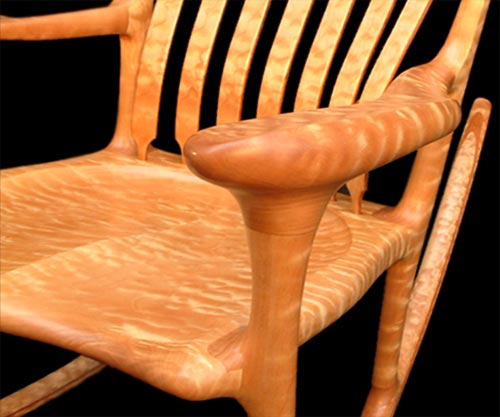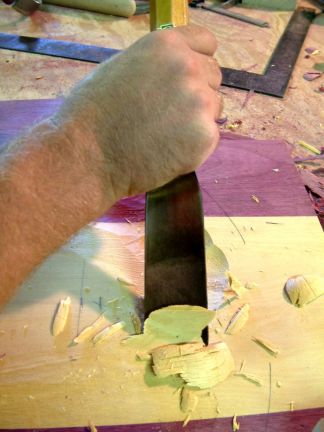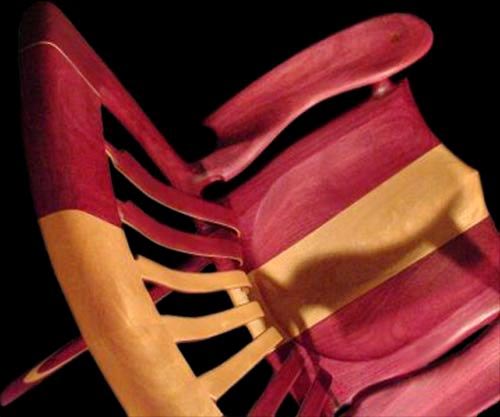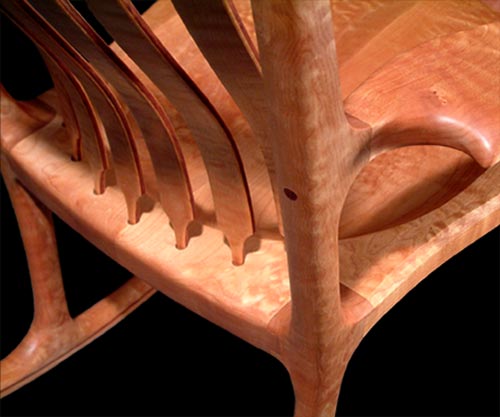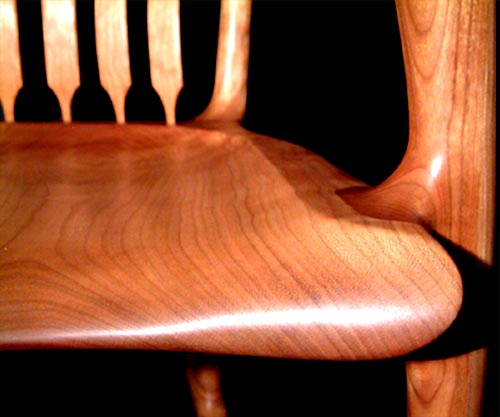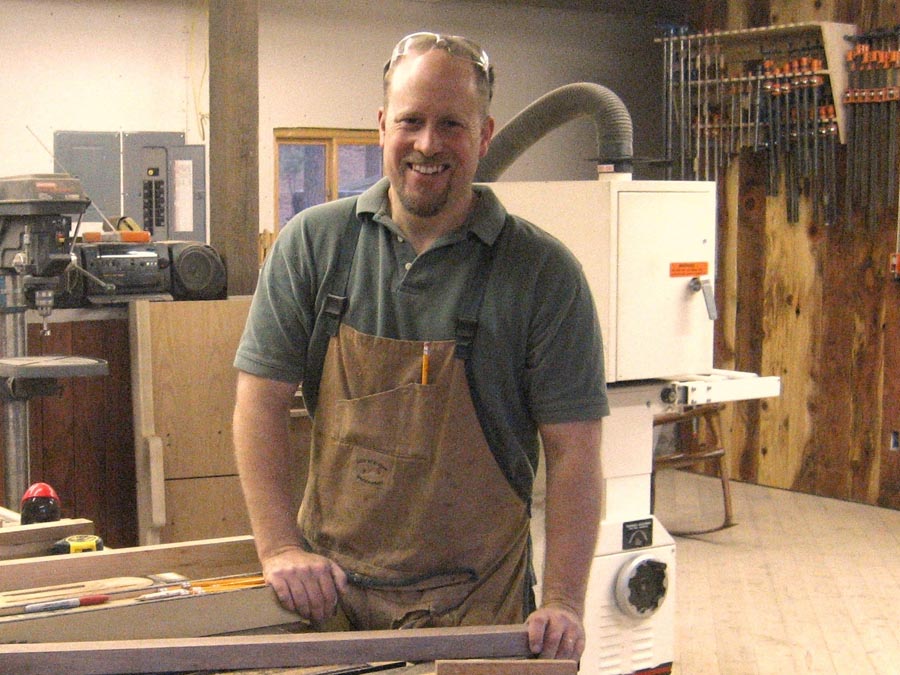
“I have a picture of me in a little shop apron when I was about five years old, Andy Chidwick told me when I asked just how far back his woodworking experience actually went. “I still have the apron, which was sewn by my mom. My father was not a woodworker, but he was the do-it-yourself sort, so I grew up using tools and helping him do things, and even worked in construction as a teen.
“I grew up in California and met my wife while at Cal State, where I was pursuing a degree in behavioral science with a minor in theater arts. After college, I got married and moved to Vancouver, Washington and got a job as a finish carpenter. That gave me an insatiable desire to do beautiful woodworking.
“Around 1998, I decided I could do a better job myself, and went out on my own doing construction, millwork and custom manufacturing. The business grew fast until I had about a dozen employees. At that point, I realized I was not doing the work I enjoyed and had no time to spend with my family. In early 2000, we closed the business, and I starting building furniture in the shop, working alone. I loved it, but as a one-man shop, I was just like everyone else. I needed to find a marketable high-end product. I chose high-end custom furniture.
“Along about 2003, I took five days, went to Virginia and learned chairmaking techniques. I had always liked working with bent laminations, and fell in love with the sculptural woodworking sometimes incorporated into rocking chairs. I came back and started making rocking chairs, and it took off fairly quickly. We sold at both woodworking shows and home and garden shows. I had plenty of custom orders; I would take measurements of the individual and design the chair to custom fit them. That was the market niche that seemed to work well.
“My wife’s grandfather sold us a family property in Montana just about the time we were tiring of the rainy Pacific Northwest, so we moved the business to six acres of wooded property in the Bitterroot Valley. The area is breathtakingly beautiful. When you sell upper-end furniture, you are selling your lifestyle as much as your work. I realized that people wanted to hear about our lives as much as about our furniture. Fortunately, our migration from the greater Los Angeles area to the Montana woodlands resonated with our customers.
“As the business continued to grow, more and more people said, ‘I’d like to learn how to do that.’ In 2005, I was invited to teach at American Sycamore Retreat, a woodworking school in Indiana. I loved it. Teaching seemed to bring together my eclectic past: studying people, as in behavioral science, and my love of theater. By understanding how people click and how different people learn differently, I can help them feel warm and welcome instead of intimidated. Obviously, when you have a group of people watching you and learning from you, in essence, you are on stage. It’s more than showing people a group of techniques; it is communicating a passion and love for what you do.
“Because I liked teaching, and because we had such a perfect property for a school, I decided to teach here in Montana. I figured learning how to build a beautiful chair in a place where you would want to be anyway for vacation was ideal. Apparently, others felt the same way, so in the fall of this year, just a couple of months ago, we opened a school. We plan to teach in the spring, summer and fall, which leaves wintertime for me to do my own woodworking.
“One of the unusual things about the school, and my shop, for that matter, is that all my workbenches are made of exotic African hardwoods. I stumbled upon a cache of it brought in by someone who was trying to sell to the flooring industry. He went belly-up, and I was able to buy bundles of mixed species dirt cheap.
“My wife and I are really excited about this brand-new venture. I want to teach people to love beautiful works of art and to enjoy the expression of woodworking. It’s not just a list of technical skills; it is going away having touched the artistic and spiritual side of your creativity. I think the biggest thing people come away with is that they are all artists and can express themselves through woodworking. For that reason, these classes are project-based and not mere seminars.
“Sitting and listening to a seminar is not the same as putting your hands on a rasp and creating a smooth curve, “Andy insists. “In the latter, you are expressing yourself in an artistic way, and creating something unlike any other piece.”
